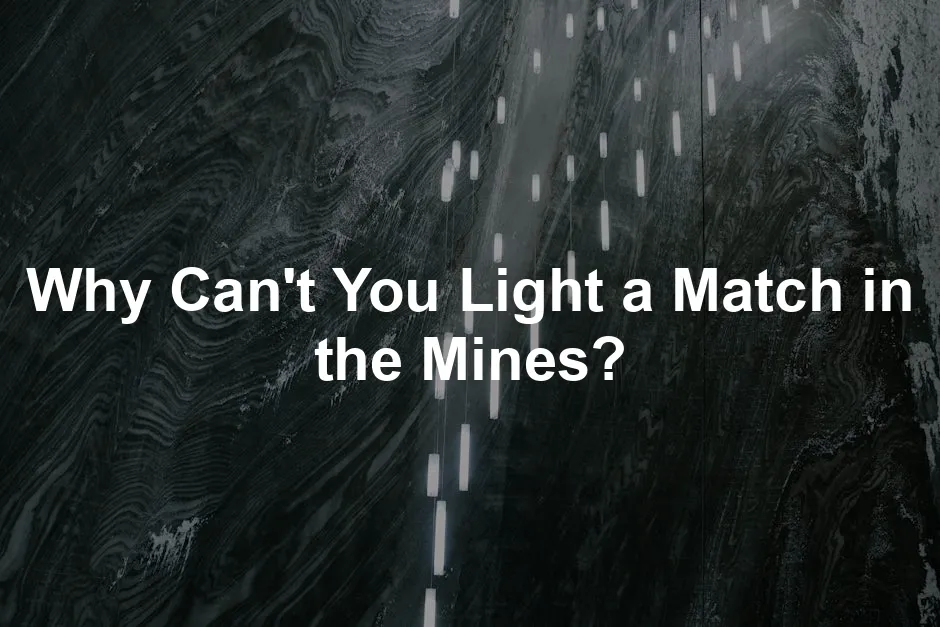
Why Can’t You Light a Match in the Mines?
Introduction
Have you ever wondered why lighting a match in a mine is a big no-no? Open flames pose serious dangers in mining environments. Let’s explore why matches are prohibited and what risks they bring into these underground settings.
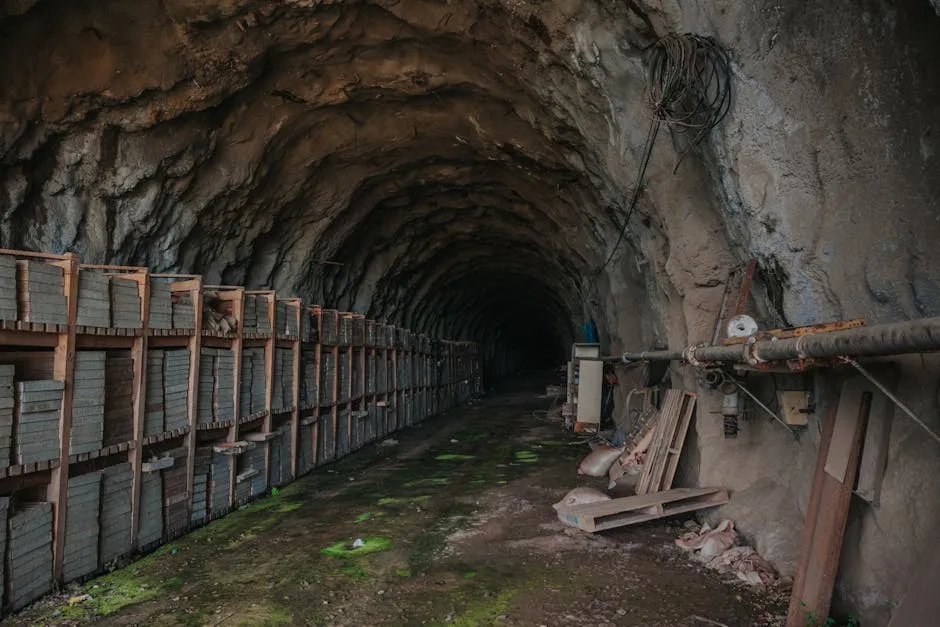
Summary and Overview
Safety is paramount in mining operations. The history of lighting in mines is filled with lessons learned from past tragedies. Over the years, safety measures have evolved significantly to protect workers. Open flames can ignite flammable gases and cause catastrophic explosions. This article will cover the hazards of matches in mines and the importance of modern lighting solutions.
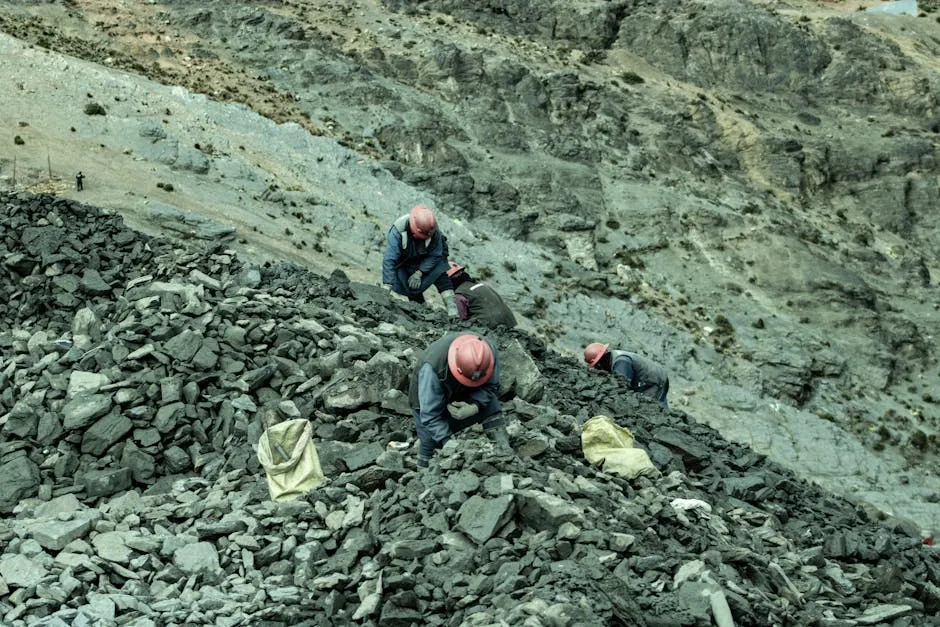
Understanding Mining Environments
Types of Mines and Their Atmospheres
Mining encompasses various operations, each with unique challenges. Common types include coal, metal, and mineral mines. Coal mines, for instance, often contain flammable gases like methane and coal dust. Methane can be extremely dangerous, as it’s highly explosive. In fact, around 10% of mining accidents stem from gas explosions.
Proper air quality and ventilation are crucial to maintaining safety. Without adequate airflow, harmful gases can accumulate, increasing the risk of ignition. This makes open flames, like matches, particularly hazardous. Understanding these environments helps us appreciate why safety regulations are so critical.
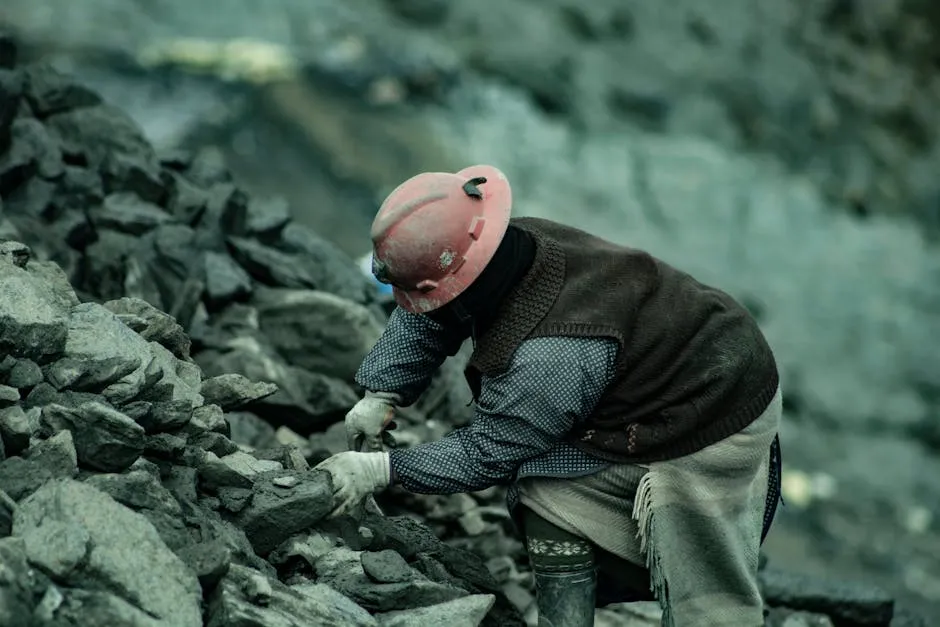
Historical Context of Lighting in Mines
Mining has always been a hazardous occupation, particularly due to the darkness underground. Miners initially relied on candles for light. These simple devices, while providing some visibility, posed significant risks. They could easily ignite flammable gases present in the mines.
In the mid-19th century, oil-wick cap lamps became popular. These lamps used oil to fuel a wick, producing a flame. While they offered better illumination than candles, they were still risky. The smoke and open flame could ignite methane gas, creating dangerous explosions.
Several catastrophic mining disasters highlighted the need for safer lighting methods. The Monongah Mine explosion in 1907 killed 362 miners, prompting a reevaluation of safety standards. Such disasters led to the establishment of the U.S. Bureau of Mines in 1910. This organization focused on improving mine safety regulations.
By the early 20th century, the introduction of electric lamps marked a significant turning point. Electric lighting reduced the accident rate dramatically. For instance, after electric lighting became standard, mining accidents related to explosions decreased significantly. The transition to electric lamps not only improved visibility but also enhanced overall safety for miners.
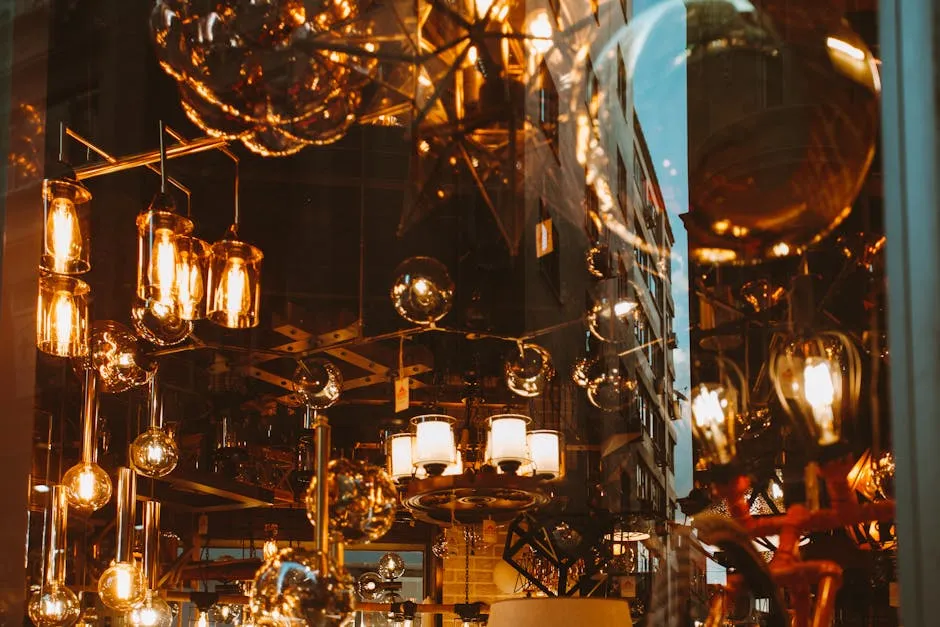
Today, effective mine lighting solutions continue to evolve, emphasizing safety and efficiency. With modern technologies, miners can work in better-lit environments, minimizing the risks that once plagued the industry. One such solution is the LED Work Light, which provides bright and efficient lighting while reducing fire risks.
Coal Dust and Its Hazards
Coal dust is a byproduct of mining operations. As miners extract coal, tiny particles become airborne and settle in various areas. This accumulation of coal dust is highly flammable and poses a significant risk to safety.
When coal dust ignites, it can lead to devastating explosions. These explosions can occur with little warning and have catastrophic consequences, including loss of life and extensive damage to mining infrastructure. Historical incidents, such as the 1907 Monongah Mine disaster, highlight the dangers associated with coal dust. That tragedy alone claimed the lives of 362 miners, spurring changes in safety regulations.
To combat these risks, mining companies implement preventive measures. Regular cleaning practices help reduce dust accumulation, and ventilation systems control dust levels in the air. In addition, strict adherence to safety protocols is crucial. According to statistics, coal dust-related accidents occur at alarming rates, underscoring the need for continuous vigilance in mining environments. By understanding the flammability of coal dust and its potential for explosion, we can appreciate the importance of stringent safety measures in mining operations.
Speaking of safety measures, every miner should consider having an Emergency Survival Kit on hand. It can be a lifesaver in unexpected situations, ensuring that miners are prepared for any emergencies.

Safety Regulations in Mining
Mining safety regulations are designed to protect workers from various hazards, including fire risks. Organizations like the Mine Safety and Health Administration (MSHA) set strict standards for lighting and safety equipment in mines. These regulations are vital for maintaining a safe working environment.
Key regulations include guidelines for electrical safety and the use of non-flammable lighting solutions. Compliance with these standards is essential for mining operations. In fact, studies show that adherence to safety regulations significantly reduces accident rates.
Regulatory agencies continuously monitor mining operations to ensure compliance. They conduct inspections and enforce safety measures to mitigate risks. The importance of these standards cannot be overstated, as they safeguard the lives of miners. By fostering a culture of safety and compliance, the mining industry can work towards minimizing accidents and ensuring the well-being of its workers.

Alternatives to Matches for Lighting
In the mining industry, safety is crucial. Open flames, like matches, are too risky. Instead, modern mines use various lighting solutions, with LED lights leading the way.
LED lights are energy-efficient and durable, making them ideal for the harsh conditions underground. They produce minimal heat, reducing the risk of igniting flammable gases. This is vital since many mines have explosive atmospheres due to methane and coal dust.
One significant advantage of LED technology is its long lifespan. Unlike traditional bulbs, LEDs can last for years, cutting down on maintenance costs and downtime. Many companies have reported a reduction in accidents due to improved lighting, showcasing the positive impact on miner safety.
For instance, a coal mine in South Africa switched to LED lighting and saw a marked decrease in incidents. This success story highlights the benefits of modern lighting solutions in enhancing visibility and safety in mining operations. As technology continues to evolve, so does the capacity to keep miners safe while they work. For those looking to enhance their personal safety, consider a Mining Safety Helmet with Light for hands-free illumination.
Investing in advanced lighting technology not only improves safety but also boosts overall efficiency in mining operations.
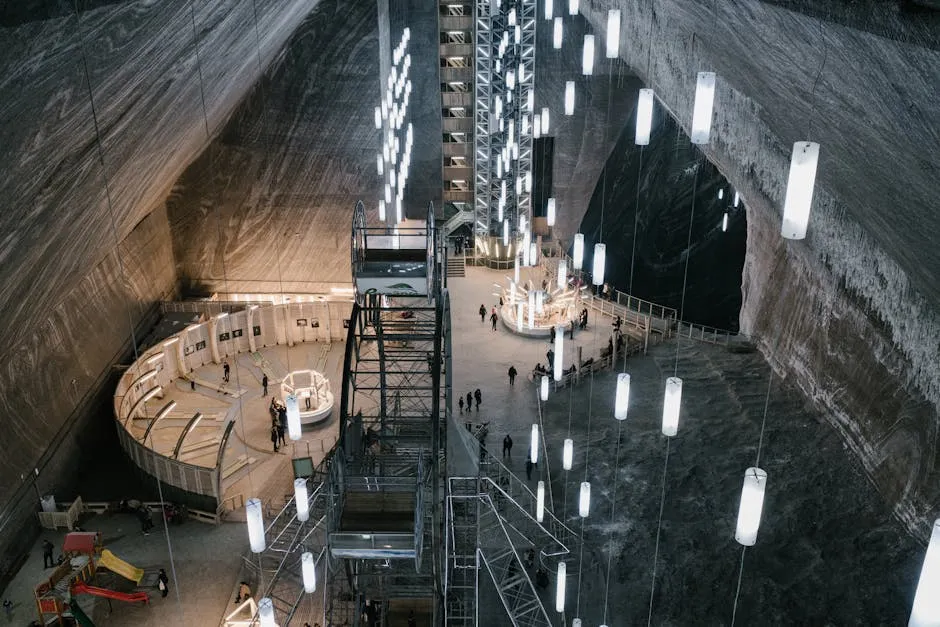
FAQs
Why is it dangerous to light a match in a coal mine?
Lighting a match in a coal mine is incredibly risky. Mines often contain flammable gases, especially methane, which can ignite easily. Methane is colorless and odorless, making it hard to detect. If a match strikes a spark, it can lead to a massive explosion. Additionally, coal dust, a byproduct of mining, is highly combustible. When ignited, it can create deadly fireballs that devastate entire sections of the mine. The combination of these factors makes open flames an absolute no-go in mining environments.
What are the alternatives to matches for lighting in mines?
Instead of matches, modern mines utilize advanced lighting technologies like LED lights. LEDs are energy-efficient and produce minimal heat. This feature significantly reduces the risk of igniting flammable gases in the air. Additionally, they have a long lifespan, which decreases the need for constant replacements. Many mining operations have reported fewer accidents since switching to LED lighting. The shift not only enhances visibility but also boosts overall safety for miners.
How do mining companies ensure safety from explosions?
Mining companies implement multiple safety measures to prevent explosions. Regular inspections of the mine’s atmosphere help detect harmful gases. Ventilation systems are crucial for maintaining air quality and reducing gas buildup. Moreover, strict training protocols ensure that miners are aware of potential hazards. Regulatory agencies, like the Mine Safety and Health Administration, enforce safety regulations that mining companies must follow. These protocols are vital for maintaining a safe working environment and protecting miners’ lives.
What historical mining disasters highlight the dangers of open flames?
Several historical mining disasters underscore the risks of open flames in mines. The 1907 Monongah Mine explosion remains one of the deadliest, claiming 362 lives. This tragedy highlighted the dangers of using open flames in an environment filled with flammable gases. Another catastrophic incident was the Cherry Mine fire in 1909, which killed 259 miners. Incidents like these prompted significant changes in mining safety protocols, leading to the adoption of safer lighting technology and stricter regulations.
Are there specific regulations regarding lighting in mines?
Yes, there are stringent regulations regarding lighting in mines. Agencies like the Mine Safety and Health Administration (MSHA) oversee these regulations. They set standards for lighting equipment, ensuring it is safe for use in potentially explosive environments. Regulations require the use of non-flammable lighting solutions and regular safety checks. Compliance with these rules is essential for safeguarding miners and preventing accidents. Following these regulations not only protects workers but also enhances overall mine safety.
Before we wrap things up, let’s not forget the importance of having the right gear! A First Aid Kit is essential for any mining operation. Accidents happen, and being prepared can make all the difference.
Please let us know what you think about our content by leaving a comment down below!
Thank you for reading till here 🙂
All images from Pexels




